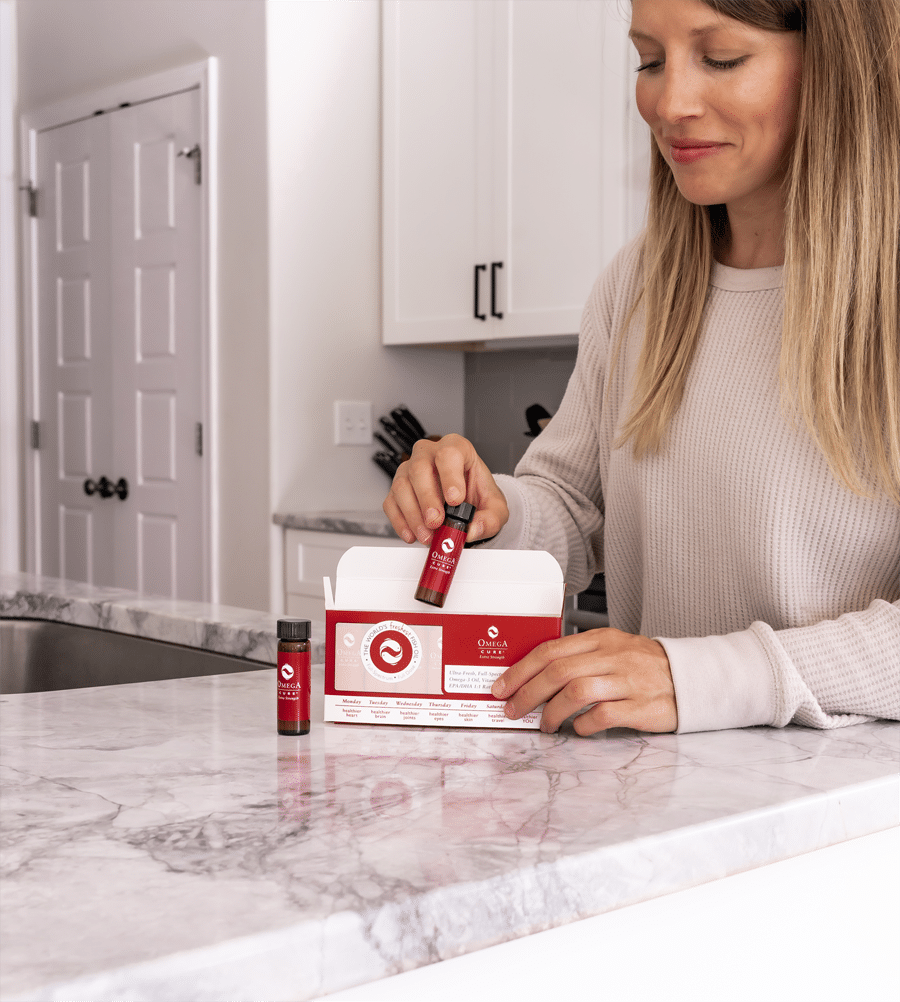How Long Does It Take for Fish Oil to Work?
So you got yourself a top-quality fish oil supplement. You’re diligent about taking it every day. And then…you wait. You might start wondering, how long does it take for fish oil to work, anyway?
Most of us don’t come to fish oil for theoretical reasons. We take it for the health benefits. We want to move more comfortably. We want to score better on our next blood work report. We want to feel better, quickly.
The truth is fish oil isn’t a fast fix. It can take time to see the effects of adding a fish oil supplement to your dietary routine. And how long exactly depends on things like the dose you take and what kinds of health benefits you’re hoping to achieve.
Let’s take a closer look at the normal timeline for different types of omega-3 benefits and the factors that influence it.
First Things First: Fish Oil Basics
Before we get too far into the weeds, let’s make sure we’re on the same page. Here are some of the important terms we’ll be using in this article:
• Omega-3: Alongside eating fish, fish oil is the best source of omega-3 fatty acids. These essential fatty acids are exactly that—essential. They are integral to cell metabolism and vital for our cells to function well.
• EPA and DHA: We often talk about “omega-3” as though it’s a singular thing. But “omega-3” represents a family of different fatty acids. Two of the best-known omega-3 family members are eicosapentaenoic acid (called EPA, for short) and docosahexaenoic acid (DHA). Since most omega-3 research has focused on these two fatty acids, the strength of an omega-3 supplement is normally measured by the amount of EPA and DHA it contains. There are other types of omega-3s as well, but they play different roles in the cells.
• Dose: The omega-3 dose you take is one of the most important factors for getting results. In this article, when we mention dose, we’ll be talking about the total amount of EPA and DHA taken daily. It’s important to distinguish the amount of EPA and DHA in your omega-3 supplement from the total amount of oil. That’s because EPA and DHA make up just a portion of the total oil. Some fish oil supplements say they contain 1000 mg of fish oil. That sounds good until you realize that only a third of it is EPA and DHA.
• Omega Cure®: Full disclosure, we make a high-quality fish oil called Omega Cure. Our liquid fish oil provides 3000 mg of EPA/DHA per daily dose. This article is based on our experience working with Omega Cure, which my husband and I launched in 2006.
As two medical doctors from Norway, we are well-versed in omega-3 research. Thanks to the direct contact we have with our customers, we also have the unique perspective of hearing their real-world experience. One important lesson we have learned in the last 20 years of working with omega-3s is this: Different omega-3 supplements have different effects. Keep that in mind as you keep reading.
Fish Oil Effects: 4-8 Weeks

Mood benefits: Feeling calmer, focused, and clear-headed are often some of the first changes people notice.
In the initial weeks of taking fish oil, you likely won’t experience dramatic changes. However, when you do start to notice effects, they’re often related to brain health; it’s a shift in mood and cognitive function that people tend to notice first.
People often feel calmer, more focused, and more clear-headed. This is especially true in children, who are often the fastest to see results related to brain function. However, even in middle-aged to elderly adults, some studies have noted improved cognitive function in as little as 5 weeks compared to placebo [1]!
Two other areas that may see faster results are improvements in skin and eye health. Some people experience improvements in eye comfort relatively quickly, although dry eyes are a complex issue where we’ve also seen a lot of variability.
As far as healthy skin goes, people may start noticing it looking more vibrant and better hydrated within 4-6 weeks as the skin cells replenish. This timeline is usually sped up if people also apply an omega-3 based skin cream, like Barristrong®. By applying omega-3s directly to the skin, you’re able to deliver a higher dose and get a faster effect in that specific area.
Fish Oil Effects: 8-12 Weeks

Like WD-40® for Joints? Omega-3s can make a wonderful difference for joint comfort. But the effects come gradually.
Joint health is one of the top reasons why many people start taking omega-3 fish oil supplements, and for good reason. Omega-3s work on the same biochemical pathways as painkillers, providing anti-inflammatory properties without the side effects.
But omega-3s don’t reduce chronic inflammation and joint pain overnight. Generally speaking, people may notice improvements after 8-12 weeks of using a high-quality cod liver oil.
This makes sense when you consider the studies. To produce a pain-relieving effect for joints, the omega-3s have to first gradually replace enough omega-6s in the cell membranes. This process can take weeks or months [2], depending on factors like dose (see discussion below).
Many people also try using fresh fish oil hoping to improve their cholesterol numbers. Right off the bat, let me just clarify and say: There is lots of good data on how high doses of omega-3s can lower triglyceride levels. But there’s more variability when it comes to LDL, HDL, and total cholesterol. In any case, lowering triglyceride levels usually takes around 8-12 weeks. Since most people don’t measure their triglycerides that often, this works out well.
Fish Oil Effects: 3-6 Months
Over a 3-6 month period of taking fish oil supplements, the health benefits mentioned above gradually become more pronounced. This aligns with studies showing that the omega-3 content in the red blood cell membranes usually doesn’t plateau until 8-20 weeks [3].
Indeed, if you are looking to improve your omega-3 index level (which is a measure of the EPA and DHA in your red blood cell membranes), it’s important to remember that this test reflects your omega-3 intake over the last 4 months.
Long Term Considerations
And after 6 months, what happens then?
There’s certainly lots of research linking higher omega-3 levels to living a longer life, and a lower risk of stroke and coronary heart disease [4, 5, 6]. But these possible health benefits are tied to a person’s omega-3 levels, not just to taking fish oil supplements.
With this in mind, omega-3s should be seen as part of a healthy lifestyle toolkit. These healthy fats are just one piece of the puzzle and can only do so much on their own. Other lifestyle changes, like exercising and eating less processed foods, is of course crucial too.
It’s also important to be realistic about what omega-3s can do at the time when you introduce them. For instance, there’s been conflicting research on how omega-3 supplementation influences dementia and Alzheimer’s disease. Trials suggest that the best effects are at the earliest stages of the disease [7]. If a person’s condition has progressed too far, it’s unlikely to make as much of a difference.
This lesson applies to other areas of life too: The more you focus on prevention, the better.
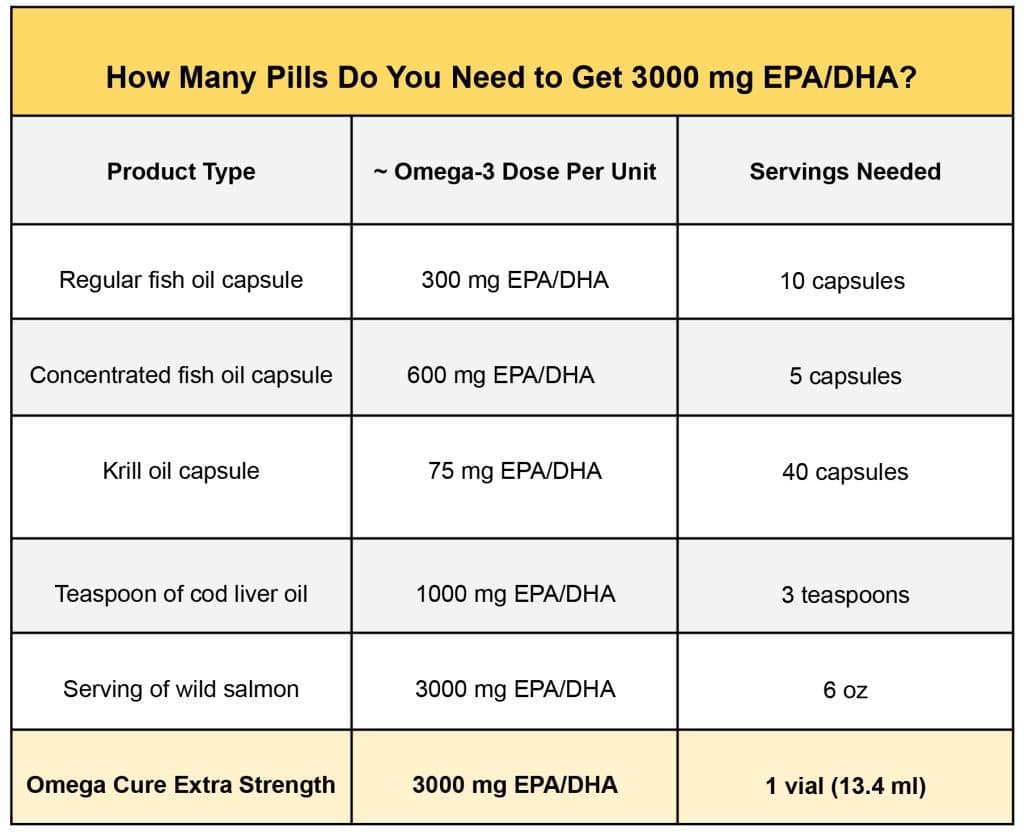
How many servings, exactly? If you want to get results from a fish oil supplements, getting an effective daily dose is essential.
How Much Fish Oil You Take Really Matters
The timeline above generally reflects what we hear from people who take Omega Cure. But there are big factors that can impact the trajectory – the most important being your daily dose.
Here’s the secret: Taking a higher dose will get you results faster.
You can see this dose-time equation reflected in a 2023 study on American football athletes. The football players who took 6000 mg DHA daily reached a healthy omega-3 index level almost twice as fast as the group that got 4000 mg (8 weeks compared to 15 weeks).
It’s worth noting that these dosages are much higher than what most Americans consume. A regular fish oil capsule contains only 300 mg of EPA/DHA. That means you’d need to swallow 20 regular fish oil capsules daily to get to a similar amount as the football players.
Low dose is a big industry problem. As a 2022 study revealed, out of 231 fish oil products analyzed on the USA market, only 2 (0.9%) contained at least 2000 mg of EPA/DHA as the standard serving size. Both were liquid formulations [8].
The concern about dose is why we make Omega Cure Extra Strength. Each single-serve vial contains 3000 mg of EPA/DHA that you can easily drink. Besides being convenient, the single dose presentation helps people get results more easily than popping lots of capsules or perhaps incorrectly measuring liquid from a large bottle.
Cover your omega-3 needs easily: With Omega Cure Extra Strength, each vial provides 3000 mg of EPA/DHA.
Other Factors: Lifestyle, Age & Combinations
While dose is important, other factors matter too.
Take, for instance, your overall diet. The more processed foods you eat, the more omega-3s you normally need and the longer it takes to feel results from your fish oil supplements. That’s because processed foods tend to contain lots of omega-6s. In simple terms, the omega-6s work against the omega-3s. So the more you eat omega-6-rich processed foods, the more you blunt the ability of the omega-3s to do their job.
Age also plays a role. Younger people tend to see faster changes, be it in their mood or their skin. Other individual factors, like genetics, weight, and overall health condition also play a role.
Lastly, what you combine with your fish oil may also make a difference. For example, one rat study showed that melatonin increased EPA levels by 43-60%. Similarly, some research has indicated that taking fish oil together with vitamin D3 may have a better combined effect than taking either supplement by itself [9].
Such studies make a good case for combination products, like Omega Restore®, which contains omega-3s, melatonin, and vitamin D3 combined.
Find Ways to Measure Your Progress
When you start taking fish oil, remember that the changes are gradual and can be hard to notice at first. We often hear this from people who start using Omega Cure again after stopping for a while away. When we ask why they came back, they usually report it wasn’t until they stopped that they felt their joints aching again.
With this in mind, it can often be smart to find a benchmark to measure your progress against. Some people, like avid cyclist Allen, measured his progress by how many miles he could bike without pain. Other people notice the big change after they go to get their blood work done.
To Sum It All Up: Fish Oil Benefits Take Time
So back to the original question: How long does it take for fish oil to work? Some individuals may notice improvements in their mood or skin in as little as 4-8 weeks. But for most people interested in helping their joints or triglycerides, 8-12 weeks is a minimum.
To ensure good results, be patient in the beginning. Think about how you want to measure the gradual changes that take place. And most importantly, make sure you get an effective daily dose every day.
An Effective Omega-3 Dose, Made Simple
Experience the Omega3 Innovations difference for yourself with the most effective fish oil supplement on the market.
Buy Now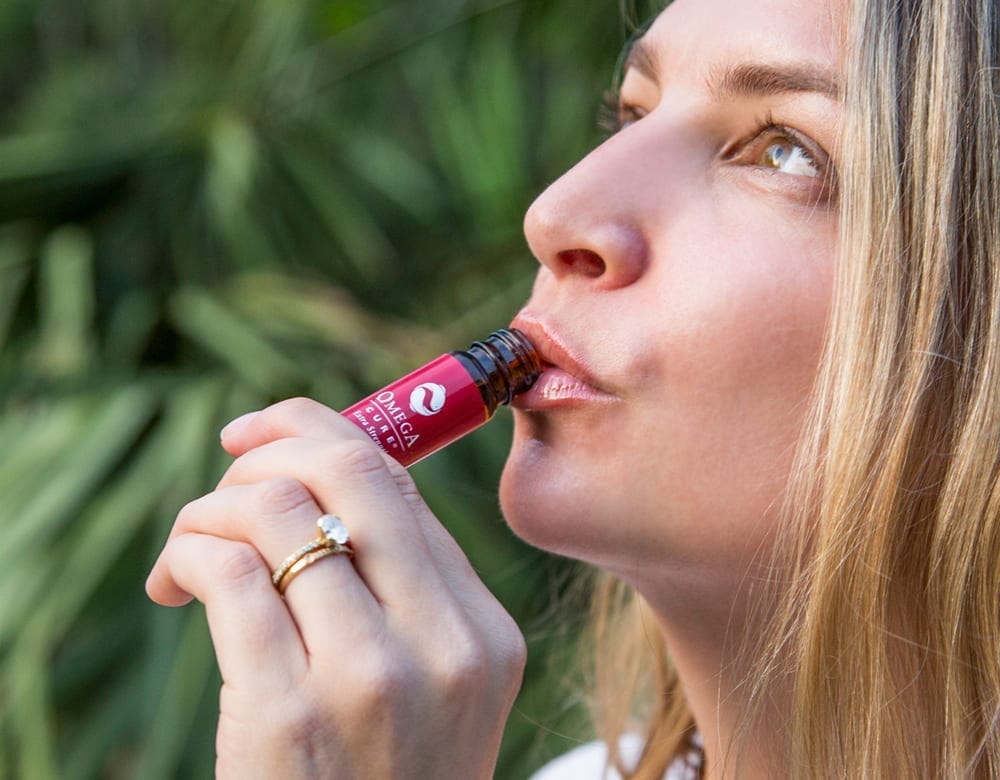
- Nilsson, A., Radeborg, K., Salo, I., & Björck, I. (2012). Effects of Supplementation with N-3 Polyunsaturated Fatty Acids on Cognitive Performance and Cardiometabolic Risk Markers in Healthy 51 to 72 Years Old Subjects: A Randomized Controlled Cross-Over Study. Nutrition Journal, 11, 99.
- Ye, J., & Ghosh, S. (2018). Omega-3 PUFA vs. NSAIDs for Preventing Cardiac Inflammation. Frontiers in Cardiovascular Medicine, 5, 146.
- Lust, C. A. C., Burns, J. L., Jones, M. T., Smith, S. B., Choi, S. H., Krk, M., Gable, D. A., Oliver, J. M., & Ma, D. W. L. (2023). The Dose-Response Effect of Docosahexaenoic Acid on the Omega-3 Index in American Football Athletes. Medicine and Science in Sports and Exercise, 55(5), 865–872.
- IMIM (Hospital del Mar Medical Research Institute). (2021). Higher Levels of Omega-3 Acids in the Blood Increases Life Expectancy By Almost Five Years. ScienceDaily. www.sciencedaily.com/releases/2021/07/210722113004.htm
- O’Keefe, J. H. et al. (2024). Omega-3 Blood Levels and Stroke Risk: A Pooled and Harmonized Analysis of 183 291 Participants From 29 Prospective Studies. Stroke, 55(1), 50–58.
- Harris, W. S., & Von Schacky, C. (2004). The Omega-3 Index: A New Risk Factor for Death from Coronary Heart Disease?. Preventive Medicine, 39(1), 212–220.
- Troesch, B., Eggersdorfer, M., Laviano, A., Rolland, Y., Smith, A. D., Warnke, I., Weimann, A., & Calder, P. C. (2020). Expert Opinion on Benefits of Long-Chain Omega-3 Fatty Acids (DHA and EPA) in Aging and Clinical Nutrition. Nutrients, 12(9), 2555.
- Ward, E. D., Thomasson, K., & Fischer, K. R. (2022). Analysis of Omega-3 Fatty Acid Content in Fish Oil Products. Journal of Pharmacy Practice, 35(6), 870–873. https://doi.org/10.1177/08830738211015051
- Jiang, Y., Dang, W., Nie, H., Kong, X., Jiang, Z., & Guo, J. (2023). Omega-3 Polyunsaturated Fatty Acids and/or Vitamin D in Autism Spectrum Disorders: A Systematic Review. Frontiers in Psychiatry, 14, 1238973.
Popular posts
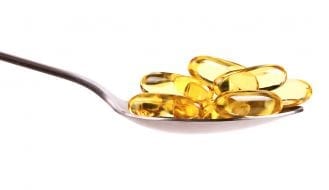

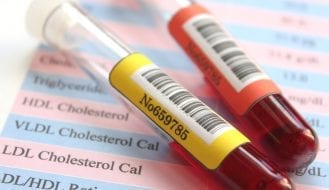
Related posts






